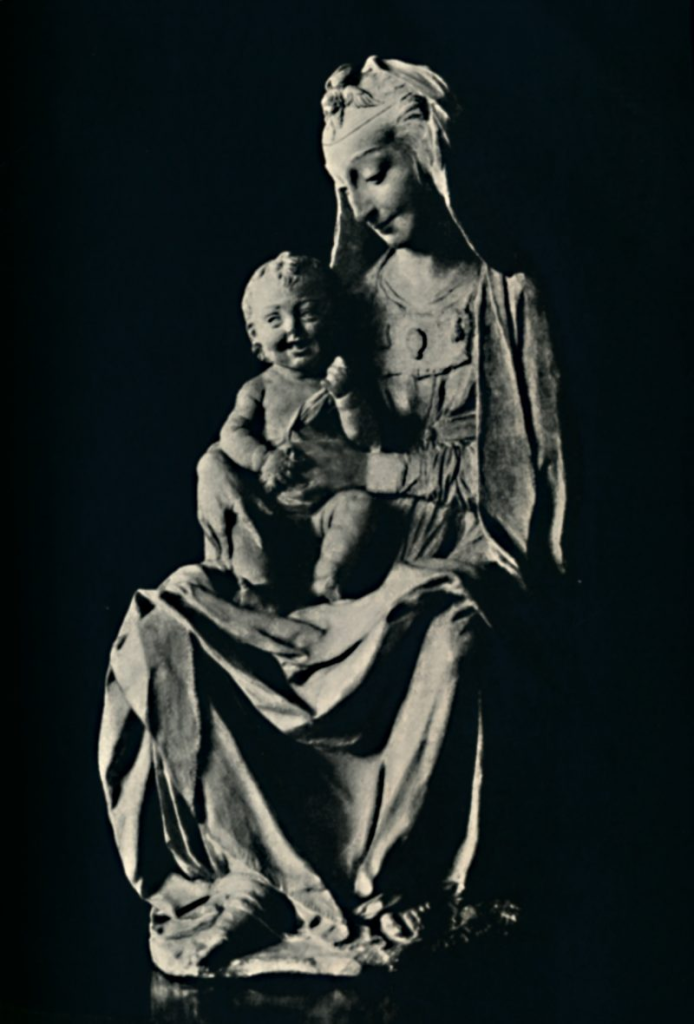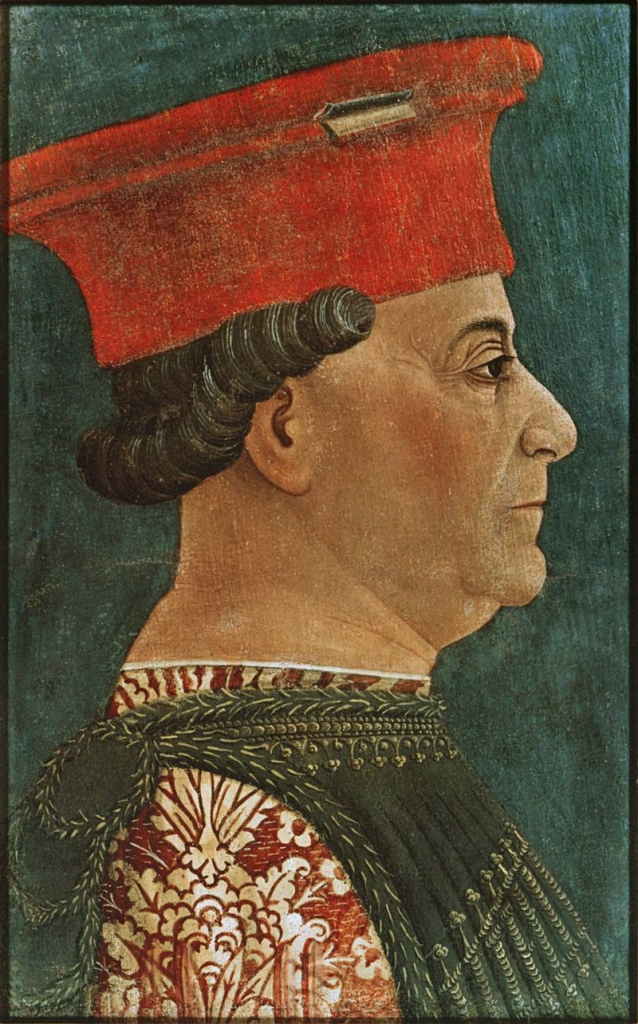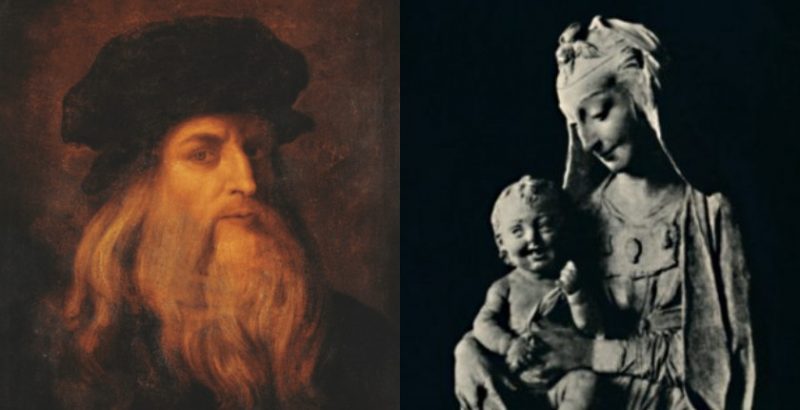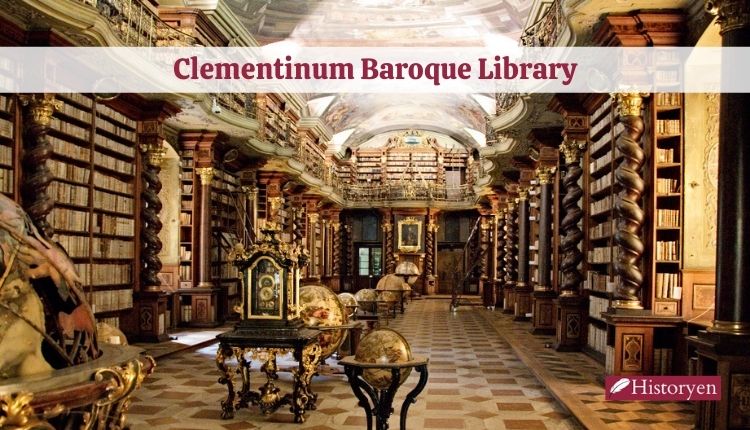Leonardo da Vinci, renowned as one of history’s greatest artists, has long been associated with paintings, but the world remained devoid of any three-dimensional sculptures attributed to him. However, a groundbreaking revelation has emerged, challenging this narrative. Scholars now assert that a sculpture previously accredited to Antonio Rossellino is, in fact, the handiwork of Leonardo himself.
The Rediscovery
“The Virgin with the Laughing Child” has graced London’s Victoria and Albert Museum since 1858, initially credited to Rossellino. However, recent scholarship proposes that da Vinci crafted this masterpiece circa 1472, during his formative years at 19 or 20.
Unveiling Mistaken Attributions

Scholars attribute the misattribution to the posthumous influence of art historian John Pope-Hennessy, former director of the British Museum. Francesco Caglioti, an Italian academic spearheading this new attribution, contends that the sculpture’s true origin has been concealed for decades.
Clues in Draperies
Detailed examination of the voluminous draperies enveloping the Madonna’s legs reveals distinctive similarities to Leonardo’s contemporary drawings. These intricate studies of abstract folds and shadowy recesses provide vital clues supporting the revised attribution.
Victorian Observations

Victorians, astute in their artistic observations, noted the unmistakable Leonardo-esque qualities in the V&A’s attribution. The enigmatic smile of the Virgin Mary as she gazes at the Christ child mirrors the renowned Mona Lisa, further enhancing the credibility of da Vinci’s authorship.
Bold Choices in the 15th Century
The portrayal of a laughing Christ in the 15th century was not only revolutionary but potentially blasphemous. Leonardo’s notebooks recount instances of his younger self facing repercussions for depicting the infant Christ, prompting speculation about the controversial nature of this rediscovered work.
Corrections and Rediscoveries

Francesco Caglioti, of Naples University, criticizes Pope-Hennessy for whimsically attributing works without substantial evidence. This revelation coincides with other corrections in attributing artworks to Leonardo, including a recent discovery of a drawing resembling the Mona Lisa.
Unfulfilled Sculptural Ambitions

Leonardo’s desire to create exquisite sculptures faced ambitious challenges. His monumental projects, a bronze equestrian statue for Francesco Sforza and a monument for Marshal Trivulzio, remained unrealized. Technical obstacles thwarted the realization of these grand visions.
Cautious Optimism
While Caglioti is confident in attributing the Virgin With the Laughing Child to Leonardo, the V&A maintains cautious optimism. Acknowledging the potential attribution proposed in 1899, the institution underscores the ongoing discussion about its authorship.
“As this sensational attribution gains acceptance, it ironically reaffirms that just as Britain exits the EU, its public art collections stand among the finest depositories of Europe’s cultural heritage,” as aptly noted by The Guardian.
Conclusion
The identification of Leonardo da Vinci’s only finished sculpture marks a pivotal moment in art history. The reevaluation of attributions, the unveiling of hidden masterpieces, and the acknowledgment of Leonardo’s sculptural ambitions reshape our understanding of this Renaissance genius.



